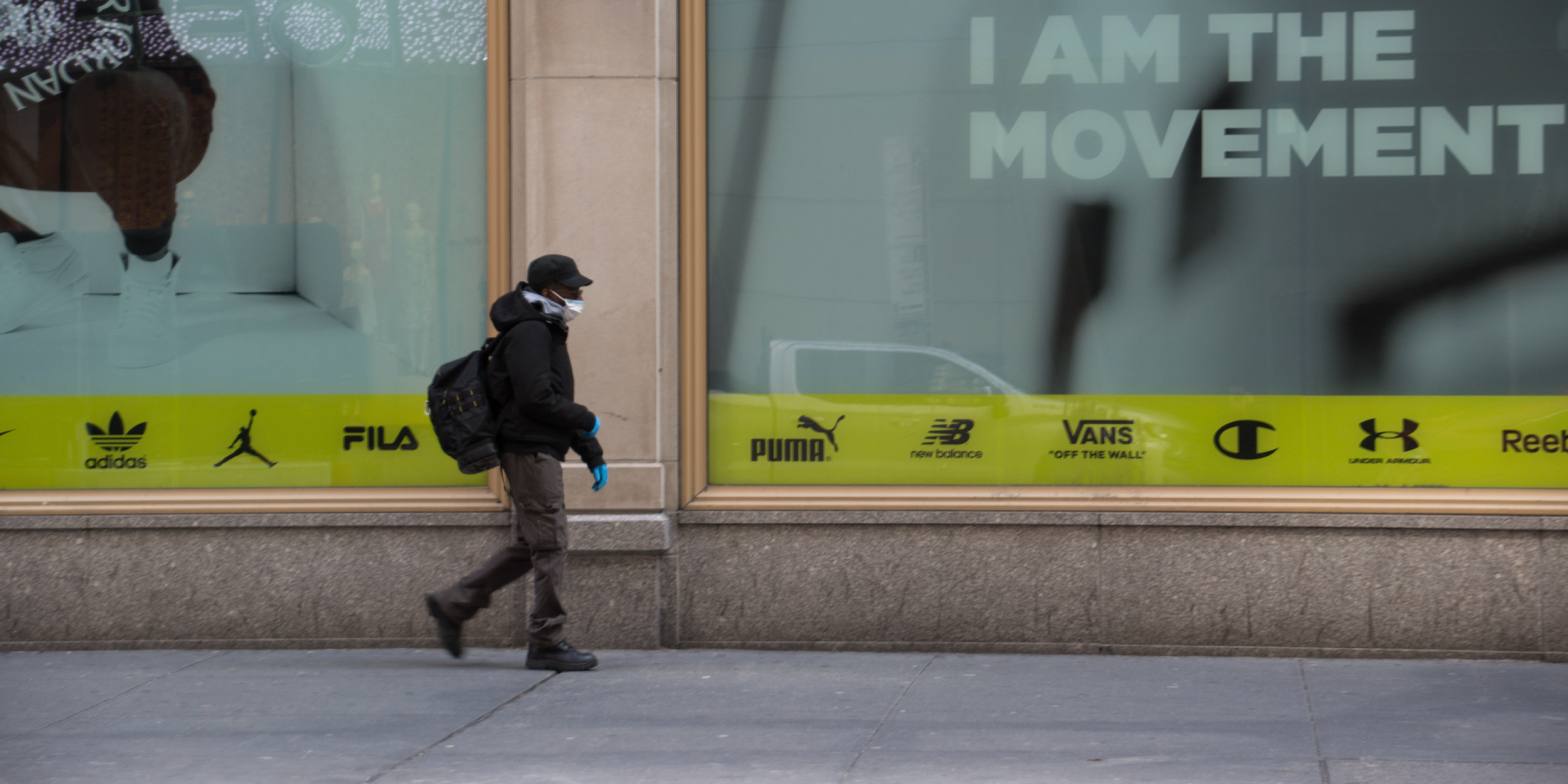Can you believe it has been over 150 days since social distancing measures have been enforced in Canada? While it is not news that the pandemic has affected many different industries on so many levels, there is no question that the OOH media industry was one of the hardest hit.
While a simple glance out your window today is enough to see that regular foot traffic is slowly returning as a result of reopening plans, the roads and businesses have yet to return to pre-pandemic levels. Rather unsurprisingly, the quantified data and activity collected from mobile location data, beacons and traffic cameras are confirming what we are all seeing.
According to the most recent report published this month by Chameleon Digital Media and Novus Media, outdoor traffic was at its lowest in late April through to early May when compared to a pre-COVID baseline dropping 54% to 97 in public spaces such as airports, malls, pedestrian walkways, public squares and highways. However, the good news is that since mid-May, there has been a slow but steady recovery in traffic levels in certain locations, getting back up to only 34% below the pre-COVID baseline numbers. Other sources, such as Apple mobility data, reported similar statistics.
This is not to say that the OOH industry itself stagnated during the months in quarantine. Rather, OOH companies innovated, evolved, and used their creativity to overcome these challenges, which was thrilling to see. From altruist initiatives such as donating ad spaces to promote positive messaging that recognized frontline workers and promoted local businesses, to technological advancements such as view recognition, touchless interactivity, online advertising extensions and traffic analysis, OOH companies demonstrated why they remain one of the most important media industries to this day, despite being one of the oldest forms of advertising!
So, if you ask me what we can expect from the OOH industry in a post-pandemic world, I would no doubt say that it will carry on as it always has—by embracing and adapting to change. It is no longer the industry of static billboards and bus shelters some might remember it to be, but one that introduced digitalized media mix and other innovations such as digital inventory, programmatic buying, demand and supply platforms, measurement capabilities and much more. These technologies accelerated the data-driven shift that the OOH industry—and many others—have undergone well before and during COVID-19, proving it is a powerful and resilient medium for brands and advertisers to consider.
Date Published: August 18, 2020
Author: Alan Sifuentes

